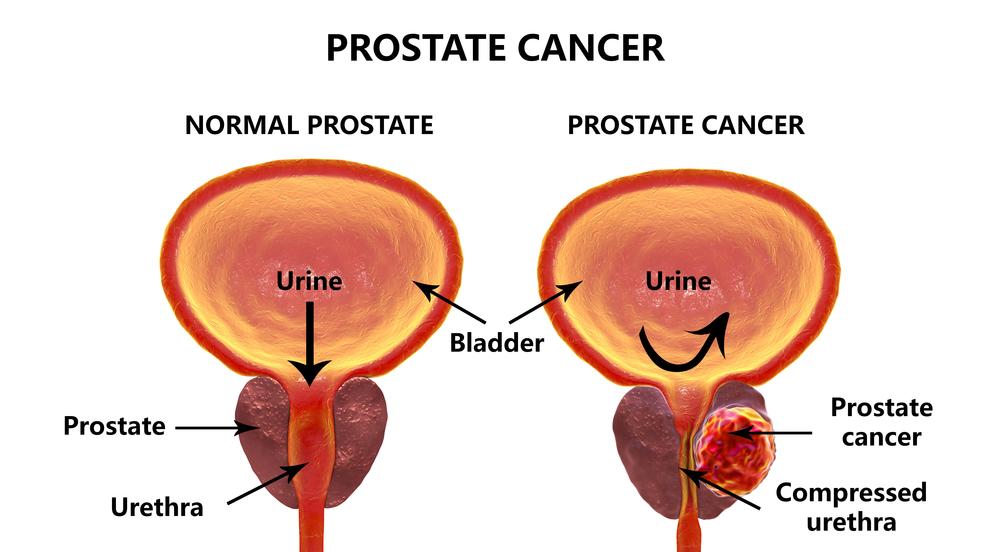Prostate cancer is a significant health concern, primarily affecting men and individuals assigned male at birth. The prostate gland, a crucial part of the male reproductive system, is where this cancer develops. While prostate cancer can be slow-growing and confined to the gland, it’s essential to be aware of potential symptoms and available treatments.
What is Prostate Cancer?
The prostate, a walnut-shaped gland situated below the bladder and in front of the rectum, plays a role in semen production. Prostate cancer, mainly adenocarcinoma, arises from gland cells. Although most cases are slow-growing, some rare types can be more aggressive.
How Common is Prostate Cancer?
Prostate cancer is prevalent, ranking as the second most common cancer in men. The U.S. Centers for Disease Control and Prevention reports that, among 100 individuals with prostates, 13 may develop prostate cancer at some point. While most live normal lives without requiring treatment, approximately 34,000 individuals in the U.S. succumb to prostate cancer each year.
Symptoms and Causes
Warning Signs
Early-stage prostate cancer may not exhibit symptoms. As the disease progresses, various signs may emerge:
- Frequent and urgent urination, especially at night.
- Weak or intermittent urine flow.
- Painful urination or erectile dysfunction.
- Loss of bladder or bowel control.
- Pain in the lower back, hips, or chest.
Prostate Problems vs. Prostate Cancer
Not all prostate growths indicate cancer. Conditions like Benign Prostatic Hyperplasia (BPH) or Prostatitis can cause symptoms resembling prostate cancer. Regular check-ups and screenings are essential for accurate diagnosis.
Risk Factors
Common risk factors include age, with higher risks for those over 50, and race, with Black individuals facing an increased likelihood. A family history of prostate cancer or specific genetic factors can also elevate risks.
Diagnosis and Tests
- Screening: Regular screenings, including a Digital Rectal Exam and Prostate-Specific Antigen (PSA) blood test, aid in detecting signs of prostate cancer. Additional imaging or biopsies may be recommended based on screening results.
- Grades and Stages: Healthcare providers use the Gleason score to assess cancer cell abnormality and staging to determine the cancer’s advancement. Staging helps identify whether the cancer is local, regional, or metastasized.
Management and Treatment
Treatment approaches vary based on factors like cancer growth rate and spread. Options include:
- Surveillance: Monitoring slow-growing cancers without immediate treatment.
- Surgery: Radical prostatectomy removes the prostate gland.
- Radiation Therapy: Internal (brachytherapy) or external beam radiation targets cancer cells.
- Systemic Therapies: Hormone therapy, chemotherapy, immunotherapy, or targeted therapy may be used for advanced cases.
- Medication: Apalutamide is prescribed as an androgen receptor inhibitor for the treatment of patients dealing with Metastatic Castration-Sensitive Prostate Cancer and Non-Metastatic Castration-Resistant Prostate Cancer.It is also used in patients with prostate cancer that continues to grow despite having very low levels of testosterone, but it has not yet spread to other parts of the body.
- Focal Therapy: Newer treatments like High-Intensity Focused Ultrasound (HIFU) or Cryotherapy focus on destroying tumors within the prostate.
Reference:
https://my.clevelandclinic.org/health/diseases/8634-prostate-cancer


